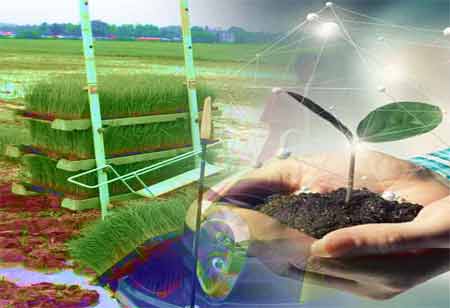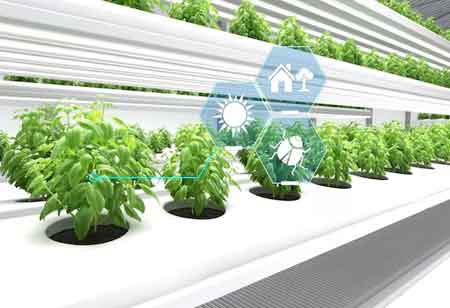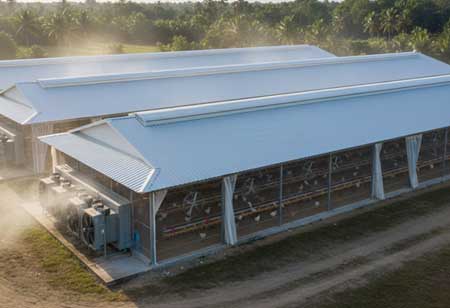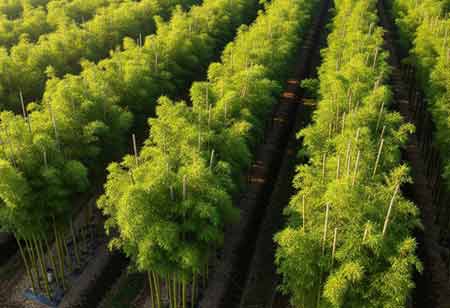Thank you for Subscribing to Agri Business Review Weekly Brief
Provisions for Managing Healthy Crop Conditions
The development of a more resilient food system is essential for achieving the Sustainable Development Goals of the United Nations.

By
Agri Business Review | Monday, May 29, 2023
Stay ahead of the industry with exclusive feature stories on the top companies, expert insights and the latest news delivered straight to your inbox. Subscribe today.
Monitoring crop conditions can effectively reduce by identifying a baseline product and a suitable remote-sensing product.
FREMONT, CA: The development of a more resilient food system is essential for achieving the Sustainable Development Goals of the United Nations. It depends on many factors, including collecting parallel and near-real-time data for tracking agricultural production conditions and infrastructures to enable quick and accurate data processing. Recent catastrophic events and adverse climate change have greatly increased uncertainty in the world's food markets.
Concurrent and near-real-time and trustworthy crop information is needed for decision-making to increase the agricultural system's resilience for sustainable development and decrease uncertainty in the world's food markets. By exposing the geographical and temporal aspects of crop growth status and production, satellite-driven crop monitoring has emerged as a key technique for obtaining agricultural information at local, regional, and global scales. However, the lack of quantitative, objective, and reliable ways to guarantee the accuracy of agricultural information limits the use of crop monitoring and has unpredictable and unfavorable effects.
Optimizing monitoring: To make sound policy decisions, minimize market disruption and speculative activity, and contribute to early warning of food security, it is essential to have timely, spatially accurate, and qualitative information on crop conditions. Crop monitoring is mostly focused on these characteristics. Crop biophysical characteristics are used as stand-ins for crop conditions. Multispectral vegetation indices (VIs) or metrics pertinent to the morphological, physiological, and biophysical aspects of crops have been established to define the growing status of crops. These measures have been used to evaluate crop growth status, the effects of pests and diseases, water stress, management methods, and agroclimatic conditions on crop development, supporting early warning systems.
Crops may get stressed due to abrupt changes in aberrant weather, and the negative effects are complex, interconnected, and frequently linked to particular crops, growth stages, and genetic types. For instance, inadequate PAR was mostly to blame for the wheat conditions that were much below average in Central Europe in 2016. When the maximum temperatures exceed 32°C, heat stress becomes critical, especially for wheat between the flowering and grain-filling stages.
Even though winter crops are more tolerant of low temperatures than summer crops, frost damage and stress from low temperatures and cold waves are frequently seen in regions where winter crops are grown after the jointing stage. However, indicators and metrics are primarily used to evaluate crop conditions, stress levels, and the severity of droughts, which can then be used to infer variations in yield, area, and production in qualitative categorized methods and criteria. These analyses do not separate the stressors and disturbances from the indicators and metrics and turn them quantitatively into crop growth status.
Further research must consider intersystem consistency and community knowledge that low crop information comparability among CMSs results from variously characterized agricultural situations. Standard and quantitative methods for monitoring crop growth status and stress need to be explored to investigate the causes of stress caused by abiotic factors like floods and drought and biotic factors due to diseases and pests. These methods also need to incorporate more biophysically and biochemically related VIs. Crop stress may be identified and explained by combining and synthesizing a variety of variables, such as meteorological (precipitation, temperature, radiation, etc.), environmental (soil moisture), biophysical (LAI), and biochemical (nitrogen concentration) variables.





